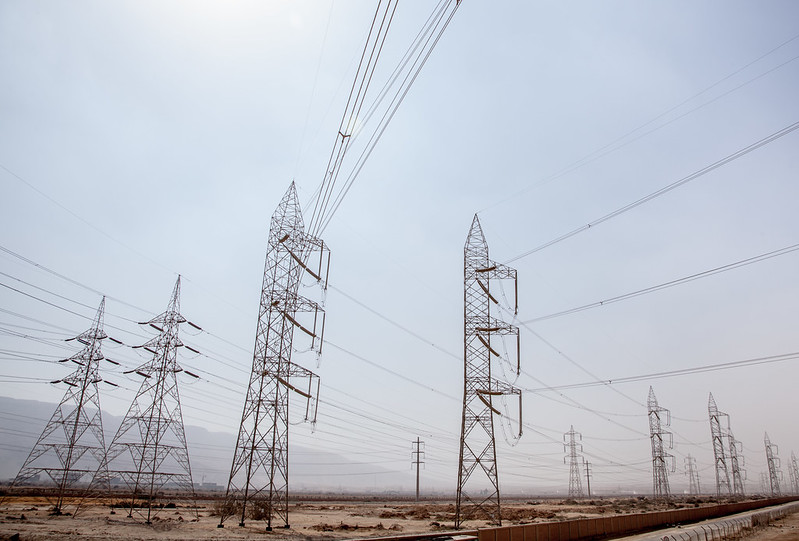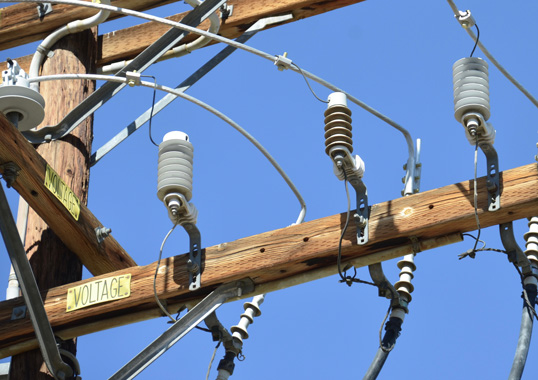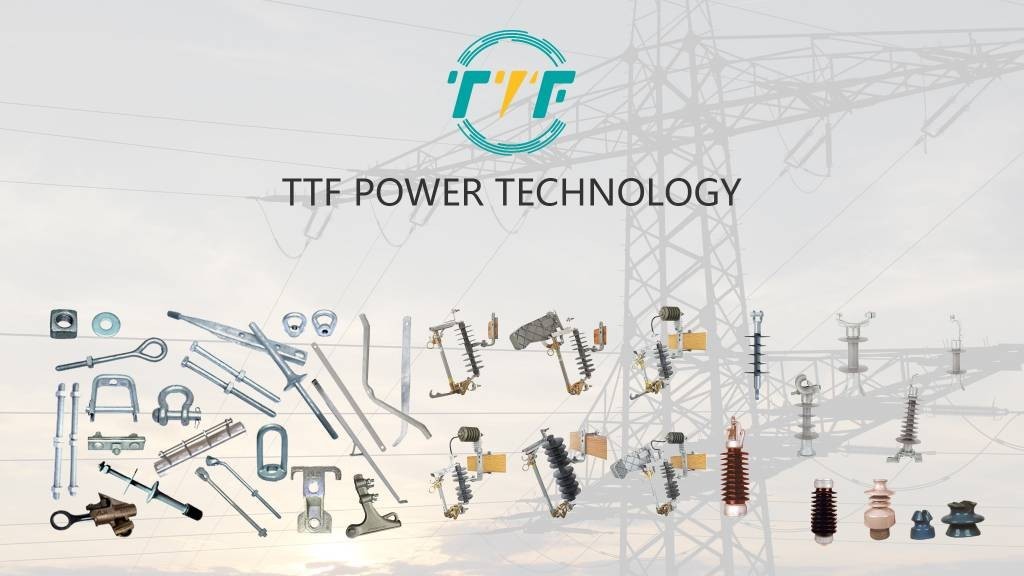
Colombia’s renewable energy project exports to Panama represent a significant opportunity for economic growth, regional integration, and sustainable development. This initiative ensures extra revenue for Colombia, strengthens bilateral ties, and fosters broader cooperation in South America. Renewable energy export allows Colombia to monetize its abundant natural resources and diversify its economy beyond traditional sectors. Collaborative energy projects build trust and interdependence to reduce historical tensions over border issues. Improved cross-border transmission lines could lead to more projects. This project between the two countries could help reduce carbon emissions under the Paris Agreement. Clean energy trade supports the goals and sets an example for neighboring nations. Success in this trade could inspire similar agreements with Ecuador, Costa Rica, or other Central American nations. Distribution arresters ensure grid stability, equipment protection, and uninterrupted power flow.
A distribution arrester is a critical device in electrical grids designed to safeguard equipment from voltage surges caused by lightning strikes, switching operations, or faults. Lightning strikes can induce high-voltage transients in transmission lines. Switching operations also generate surges. The arrester prevents damage to transformers, substations, and distribution lines. This is crucial for cross-border interconnections, which need stable voltage levels to prevent blackouts. Surge arresters help maintain power quality and reduce the risk of disruptions that could halt energy trade. Distribution arresters prevent cascading failures that could disrupt exports from hydropower, solar, and wind surplus. Power traveling from Colombia to Panama passes through jungles, mountains, and coastal areas that are high-risk for lightning. Using smart arresters with IoT-enabled devices provides real-time surge data for predictive maintenance.
Distribution arresters protecting cross-border energy infrastructure
Distribution arresters are devices used in power distribution systems to protect electrical equipment from transient overvoltages. They function on transformers, switchgear, busbars, and transmission lines. They detect and divert surge energy safely to the ground before it can damage critical infrastructure. Distribution arresters ensure the reliability of power flow across national grids. Below are the functions of the distribution arresters in cross-border energy infrastructure between Colombia and Panama.

- Protecting cross-border infrastructure —the power interconnection involves high-value infrastructure. This includes substations, transformers, overhead transmission lines, and switchgear. Distribution arresters protect the equipment from overvoltage damage, which can occur due to long transmission distances or sudden load changes.
- Ensuring reliable energy flow—a single damaged transformer can disrupt the entire corridor. Surge arresters prevent equipment failures, cut downtime, and reduce the likelihood of cascading outages.
- Safeguarding renewable energy infrastructure—distribution arresters protect solar farms and inverter systems, hydropower facilities, and grid interconnection points.
- Maintaining grid compatibility—distribution arresters help countries maintain harmonized voltage levels and power quality standards. The arresters absorb surges that could cause incompatibility or faults.
- Reducing maintenance and operational costs—distribution arresters extend the life of key assets, reducing transformer replacement costs, emergency repair time, and insurance claims for electrical damage.
Benefits of cross-border energy trade between Colombia and Panama
The cross-border energy trade between Colombia and Panama marks a significant step toward a more connected, resilient, and sustainable energy future in South America. Linking two national grids unlocks a wide range of economic, environmental, and strategic benefits for both nations. It shows the future of smart, sustainable, and integrated energy systems in South America. Here are the benefits of cross-border energy trade between Colombia and Panama.

- Improved energy security and reliability—cross-border electricity trade enables the countries to diversify energy sources. stabilize power supply and mitigate the risks of blackouts. The shared grid ensures a more resilient power system for both countries.
- New revenue streams for Colombia— Colombia has abundant resources such as hydropower, wind, and solar. Selling the surplus electricity to Panama creates foreign exchange income, job creation in the energy sector, and incentives for further investment.
- Affordable and clean energy for Panama—with growing electricity demand, Panama benefits from access to cheaper, renewable power from Colombia. This helps reduce dependence on imported fossil fuels. volatility of electricity prices and carbon emissions from energy generation.
- Grid efficiency and infrastructure optimization—cross-border connections allow the countries to balance loads, optimize generation and storage assets, and share reserves to avoid overbuilding capacity in each country. This results in lower capital expenditure, better asset use, and more sustainable grid management.
